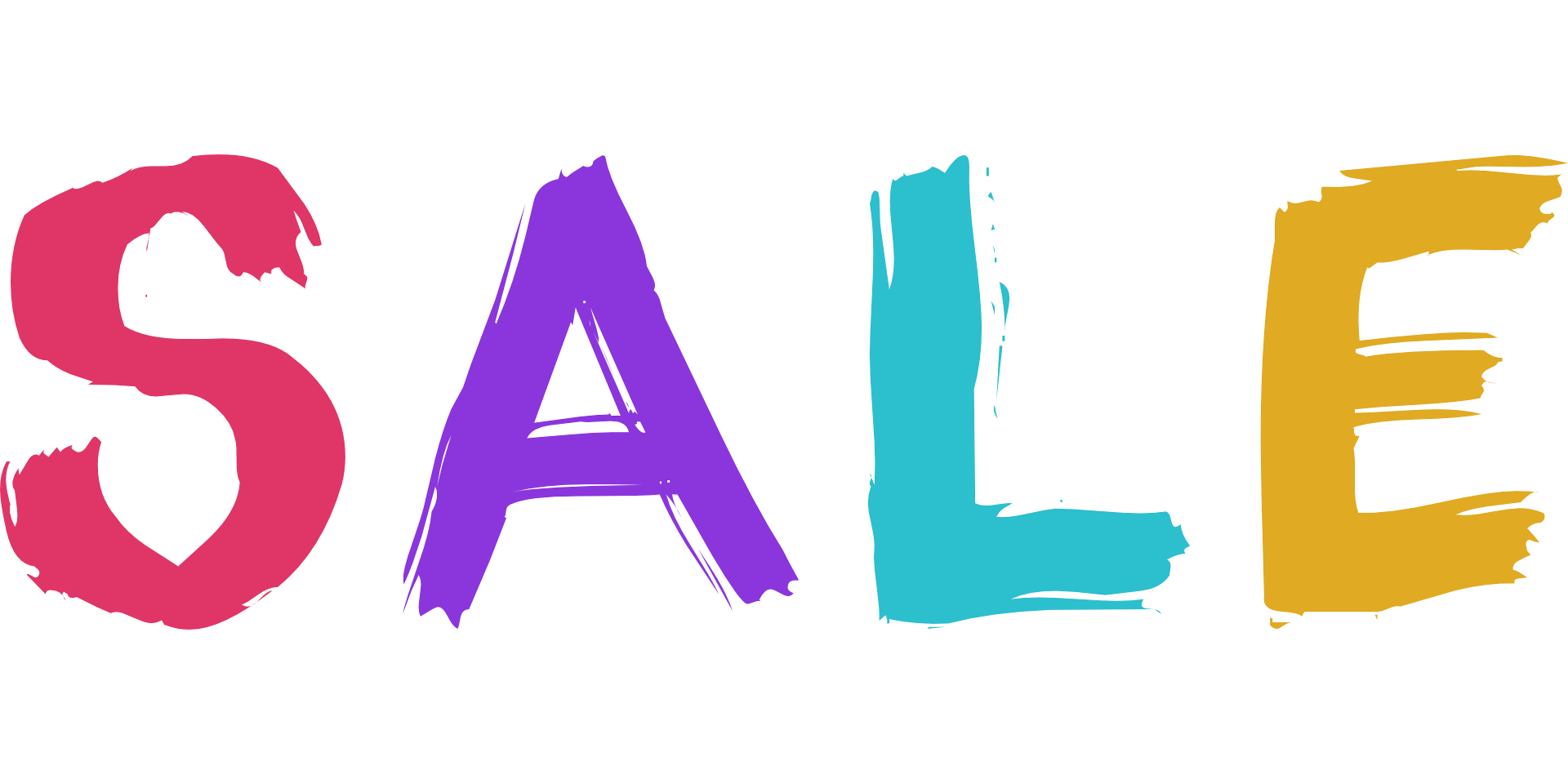 You wouldn’t believe the number of “For Sale” signs that appear in the monastery over the course of a year.
You wouldn’t believe the number of “For Sale” signs that appear in the monastery over the course of a year.
They pop up at odd times and often in unusual places. We never know when or where to expect them. Sometimes we only hear about them later, after they they’ve been taken down.
You may be wondering, who’s putting “For Sale” signs in the monastery, and what’s for sale?
If you are unfamiliar with religious life, it’s best not to make any assumptions. All sorts of things are “For Sale,” but no one is selling anything. Or buying anything.
What’s “For Sale” is free for the taking. That is, if a sister needs it, she takes it. And takes the sign down when she does.
Most folks donate unneeded items to charity, put them on the curb with a sign saying “free,” or sell them.
Need I remind you that Poor Clares aren’t like most folks?!
When a Poor Clare has something she doesn’t need, she puts it out somewhere with a scribbled “For Sale” sign. A sister who can use the item is free to take it. If no one needs it, we’ll donate it to charity. No money changes hands because, well, we don’t have any money of our own. We take vows of poverty, so anything we have is in common. Individually, we are sine proprio, without anything of our own. (More on that in a later post!)
“For Sale” signs are common not only in Poor Clare monasteries but also in monasteries, convents, and residences of nuns, friars, monks, sisters, and brothers in other religious orders. How did this tradition start? We’re not sure, but it has been a common practice for several generations, at least.
In religious life, items are acquired and exchanged based on need. “Need” is our common currency. We distinguish needs from wants and make decisions based on needs. Outside of religious life, many items are exchanged for money, and needs and wants can sometimes be confused.
Christ taught His disciples a new way of living and being. The first shall be last. Love your enemies. Give to those who ask. Trust God in all things. Take nothing for the journey.
This last instruction from Luke 9:3 — “Take nothing for the journey, neither walking stick, nor sack, nor food, nor money, and let no one take a second tunic” — affected St. Francis deeply. He interpreted it literally and even forbade the early friars from touching money. This verse from Luke, as well as Mark 10:21 (“Go, sell what you have, and give to [the] poor and you will have treasure in heaven; then come, follow me”) and Matthew 16:24 (“Whoever wishes to come after me must deny himself, take up his cross, and follow me”) were the bedrock of Francis’s life and rule,1 and these verses continue to be the bedrock of Franciscan life today.
Can you imagine a world where what’s “For Sale” is freely yours if you need it, where we joyfully share what we have, where everyone’s needs are met? Lord, may thy Kingdom come.
1 Legend of the Three Companions, chapter 8, verse 29, in Francis of Assisi: Early Documents vol. 2: The Founder, ed. Regis Armstrong (New City Press, 2000) 86.


